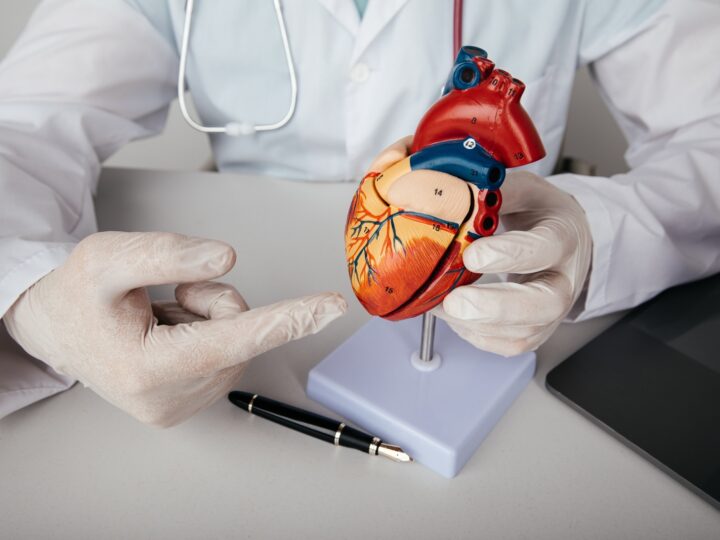A group of researchers from Tel Aviv University and Harvard University is proposing a new non-invasive method to prevent burn-related hypertrophic scars — raised tissue caused by excessive collagen — using short, pulsed electric fields.
“People don’t die from scars, but they do suffer from them,” said Dr. Alexander Golberg of TAU’s Porter School of Environmental Studies. “We believe that the technology we developed, called partial irreversible electroporation (pIRE), can be used to prevent debilitating burn scars from forming.”
According to the World Health Organization, 10 percent of all unintentional-injury deaths result from burns. But even for those who survive the destruction of skin and tissue cells, post-burn scarring creates lifelong physical, psychological and social suffering.
The experimental pIRE technique harnesses microsecond-pulsed, high-voltage, non-thermal electric fields to control the body’s natural response to trauma — the proliferation of collagen cells that cause permanent scarring at the site of injury.
The technique was applied to burn injuries in rats during five therapy sessions over the course of six months. Using an imaging technique developed at the Wellman Center of Photomedicine at Massachusetts General Hospital, the researchers assessed the treated wounds and found a 57.9% reduction of the scar area in comparison with untreated scars.
The researchers tried to find a delicate balance so that the technique didn’t create a new wound or “overheal” the existing wound, because scarring is the body’s natural way of healing.
The study, supported by the Shriners Foundation, was led by Golberg together with Dr. Martin Yarmush of the Center for Engineering in Medicine at Massachusetts General Hospital, Harvard Medical School and Shriners Burns Hospital in Boston.
Researchers from Harvard-affiliated institutions and from the department of biomedical engineering at the University of Arkansas also participated.
Their results recently were published in the Journal of Investigative Dermatology. The authors caution that the findings were limited by the fact that rats do not develop hypertrophic scars and therefore human trials are essential.
“Scarring is a very complex process, involving inflammation and metabolism,” said Golberg. “We have found a way to partially prevent scar formation in animal models. Next we need to raise funding to develop a device for the clinical study on humans.”
Surgical excision, laser therapy, electron-beam irradiation, mechanical compression dressing, silicone sheet application and other techniques have been tested to treat scars over the years, said Golberg. “But there have been only modest improvements in the healing outcomes among all these treatments.”
















